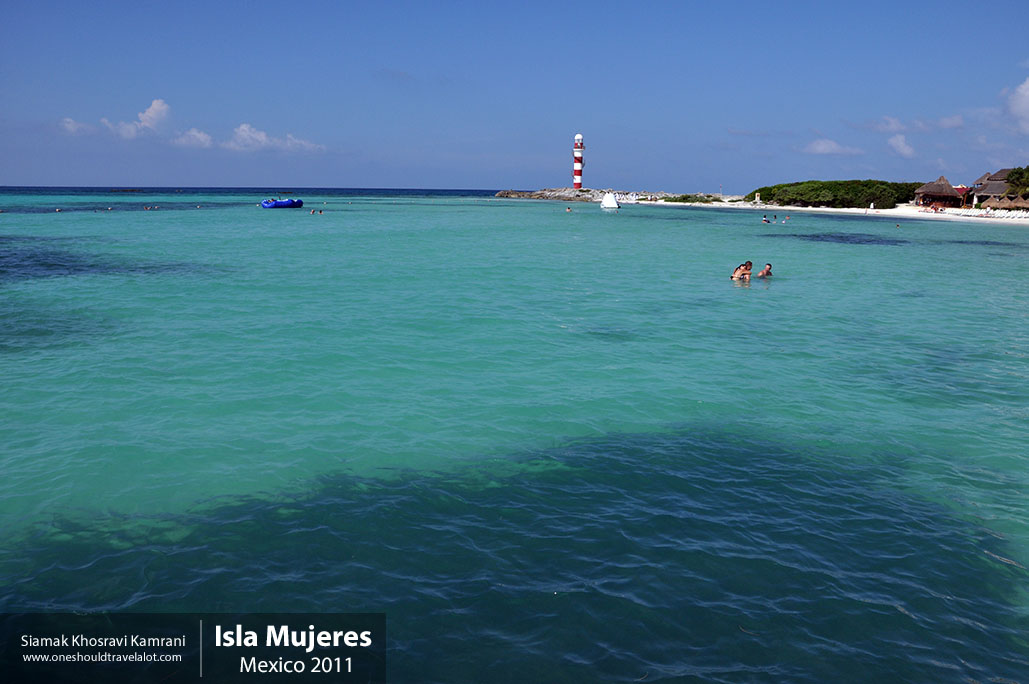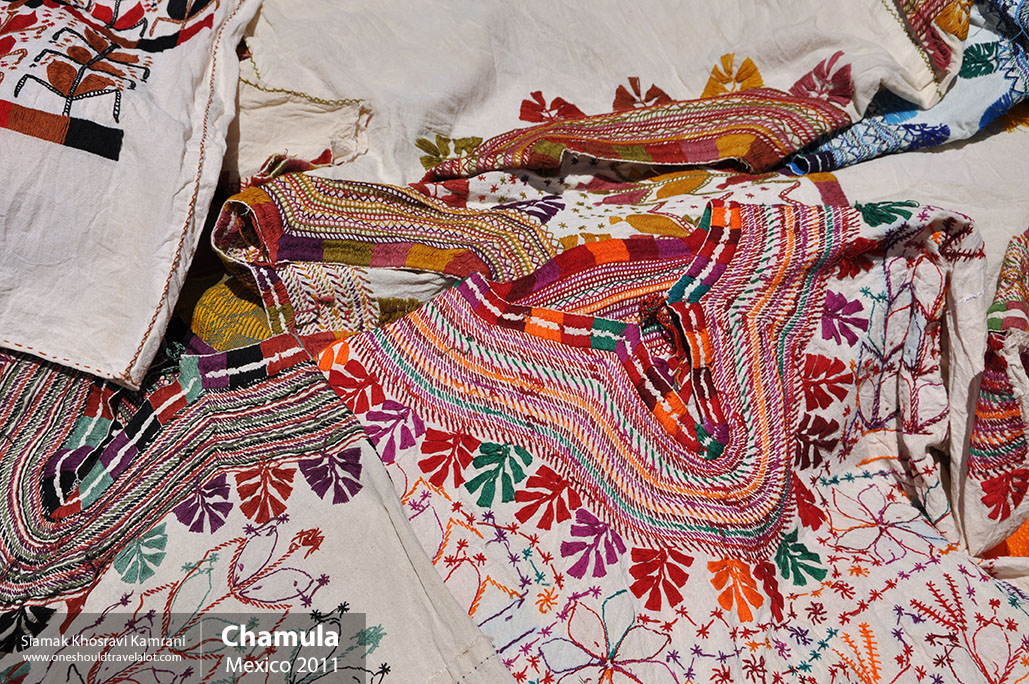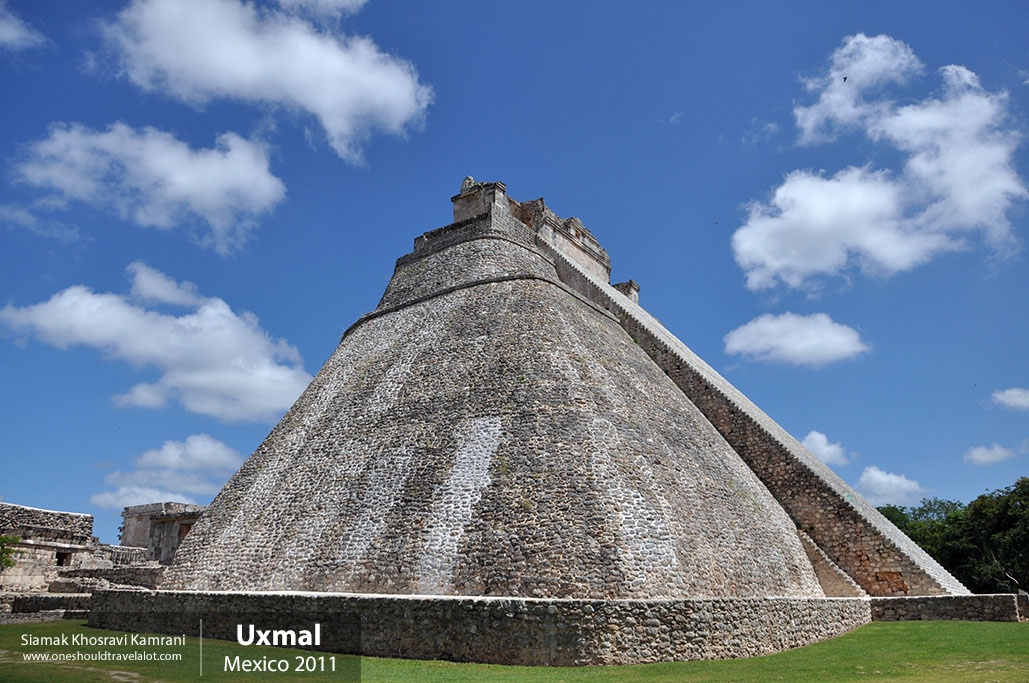Exploring the Vibrant Heart of Zacatecas
Arrival in Zacatecas
As the plane descended, the sprawling beauty of Zacatecas unfurled below me, a tapestry of terracotta roofs, winding cobblestone streets, and the impressive silhouette of La Bufa hill. This historic city, nestled in north-central Mexico, is known for its silver mining heritage, colonial architecture, and vibrant cultural scene. My journey as a photographer was about to take an exciting turn in this fascinating locale.
First Impressions
Stepping off the plane, I was immediately struck by the crisp, dry air typical of Zacatecas’ high-altitude environment. The city stands at over 2,400 meters (7,900 feet) above sea level, offering a cool climate that was a welcome change from the tropical heat of southern Mexico. My first destination was the historic city center, a UNESCO World Heritage site, where I would begin my photographic adventure.
The Charm of the Historic Center
The Cathedral of Zacatecas
The heart of Zacatecas is its stunning cathedral, a baroque masterpiece that commands the central Plaza de Armas. Its pink stone façade, intricately carved with religious iconography, glowed warmly in the afternoon sun. Inside, the serenity of the space, punctuated by the flickering candles and the soft murmurs of prayer, created a peaceful ambiance. Capturing the play of light and shadow inside this architectural gem was a photographer’s dream.
Callejones and Colonial Streets
Venturing deeper into the historic center, I found myself wandering through narrow alleyways, or callejones, each with its own unique charm. The colonial-era buildings, with their wrought-iron balconies and vibrant facades, provided a colorful backdrop for street photography. Locals went about their day, vendors sold fresh produce, and the scent of street food wafted through the air. I felt an immediate connection to the rhythm of daily life in Zacatecas.
Cultural Immersion
Local Traditions and Festivals
Zacatecas is a city steeped in tradition. I was fortunate to arrive during the Festival Cultural Zacatecas, an annual event that showcases the rich cultural heritage of the region. The streets came alive with music, dance, and theater performances, drawing both locals and tourists into a jubilant celebration. The festival was a kaleidoscope of color and sound, perfect for capturing the essence of Zacatecas through my lens.
The People of Zacatecas
The warmth and hospitality of the Zacatecan people were evident in every interaction. From friendly shopkeepers to enthusiastic festival-goers, everyone I met was eager to share their stories and traditions. The city’s population is a mix of mestizo (mixed European and Indigenous ancestry) and Indigenous peoples, predominantly the Zacateco tribe, who have a deep connection to the land and its history. Their pride in their heritage was palpable and inspiring.
A Glimpse into History
Museo Rafael Coronel
A visit to the Museo Rafael Coronel was a journey through time. Housed in a former Franciscan convent, the museum’s extensive collection of masks provided a fascinating insight into Mexico’s diverse cultural practices. Each mask told a story, from ancient rituals to contemporary celebrations, and capturing their intricate details was a captivating experience. The museum also featured works by the Coronel family, including the surrealist art of Rafael Coronel, offering a glimpse into the region’s artistic legacy.
Mina El Edén
Exploring the depths of Mina El Edén, a former silver mine, was both thrilling and educational. The guided tour took me through the tunnels and shafts that once yielded vast amounts of silver, contributing to Zacatecas’ wealth during the colonial era. The mine, now a museum, offered a stark reminder of the harsh conditions faced by miners and the significant role silver played in the city’s history. Photographing the dimly lit tunnels presented a unique challenge, but the results were worth the effort.
Modern Zacatecas
The Teleférico
For a panoramic view of the city, I took a ride on the Teleférico, a cable car that connects the Cerro del Grillo with La Bufa hill. The aerial perspective provided breathtaking vistas of Zacatecas, with its maze of streets, historic buildings, and surrounding hills. From this vantage point, the city’s blend of past and present was beautifully evident, and I captured sweeping shots that showcased its architectural splendor.
Local Cuisine
No visit to Zacatecas would be complete without indulging in its culinary delights. The local cuisine is a flavorful fusion of Spanish and Indigenous influences, featuring dishes like asado de boda (a rich pork stew) and enchiladas zacatecanas. I spent an evening at a traditional cantina, savoring these dishes while enjoying the lively atmosphere. The vibrant flavors and communal dining experience were a testament to the city’s warm and welcoming culture.
Nature and Adventure
La Quemada
A short drive from the city took me to La Quemada, an archaeological site shrouded in mystery. The ancient ruins, perched on a hilltop, offered spectacular views of the surrounding valley. The site’s origins are debated, with some suggesting it was a Teotihuacan outpost, while others believe it was an independent civilization. Photographing the ruins against the dramatic backdrop of the Zacatecan landscape was a highlight of my trip.
Sierra de Órganos National Park
For a taste of the region’s natural beauty, I ventured to the Sierra de Órganos National Park. The park’s striking rock formations, resembling organ pipes, created a surreal landscape that was perfect for landscape photography. Hiking through the rugged terrain, I encountered diverse flora and fauna, adding another layer of richness to my Zacatecas adventure. The serenity and untouched beauty of the park were a refreshing contrast to the bustling city.
Reflecting on the Journey
As my time in Zacatecas drew to a close, I reflected on the myriad experiences that had filled my days. This city, with its rich history, vibrant culture, and warm-hearted people, had left an indelible mark on me. Through my lens, I had captured not just images, but stories—stories of a place where the past and present intertwine seamlessly, and where every street, building, and face has a tale to tell.



